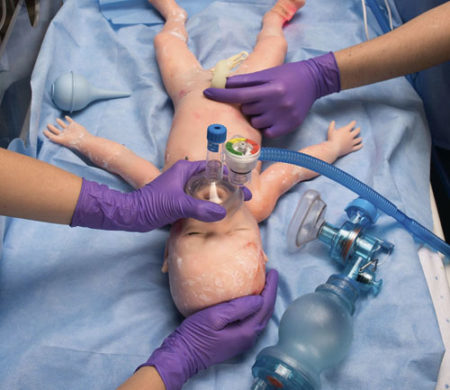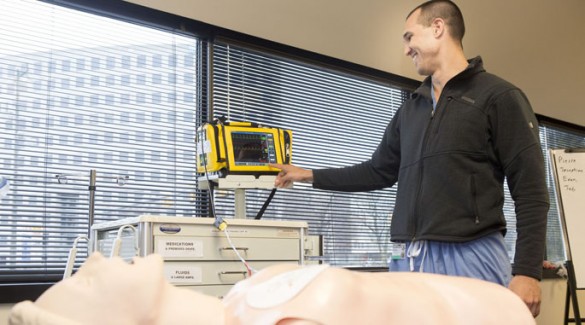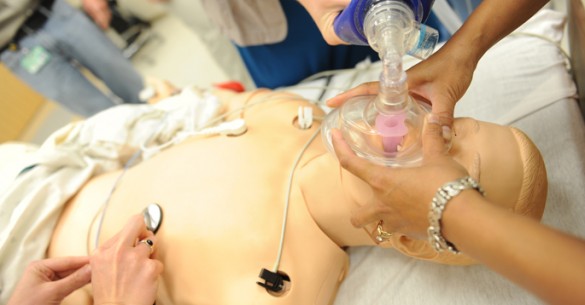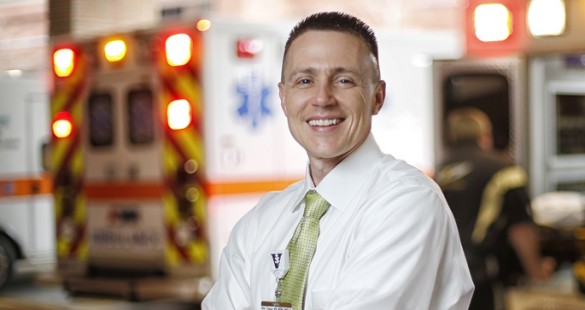Jennifer Dindo, RN, CPEN, outreach coordinator for the Comprehensive Regional Pediatric Center (CRPC) at Monroe Carell Jr. Children’s Hospital at Vanderbilt, recently received a $43,000 grant from the Tennessee Highland Rim Health Care Coalition to purchase a pediatric patient simulator to enhance training with other hospitals and EMS providers throughout the state.

The centerpiece of the simulator is a mannequin named Tory that approximates a newborn baby. She simulates the potential complications of trauma-related incidents, including mass casualty incidents, environmental disasters and communicable public health crises.
Tory can reproduce many of the functions of a baby — such as capillary refill, the time that the color returns to the skin of the sternum after being pressed. Her breath sounds can be changed to mimic a child with respiratory distress. Central line placement is also closely approximated, and Tory can also be intubated.
“She can simulate pretty much any medical problem that a child can have,” Dindo said.
As part of the state-certified CRPC, Dindo and her team travel across Tennessee, from Memphis to Crossville, conducting trainings at hospital emergency departments and EMS stations. They serve all hospitals that fall under the Highland Rim Healthcare Coalition as well as 56 hospitals statewide and over 75 corresponding EMS agencies. Her team provides on average 90 training events annually reaching over 2,100 providers.
“Approximately 60% of pediatric deaths happen in the first 12 months of life,” she said. “With pediatric volumes being less than 20% in most emergency departments and less than 10% for most EMS services, the ability to provide realistic simulation is paramount in the preparation to care for the critical pediatric patient.”















